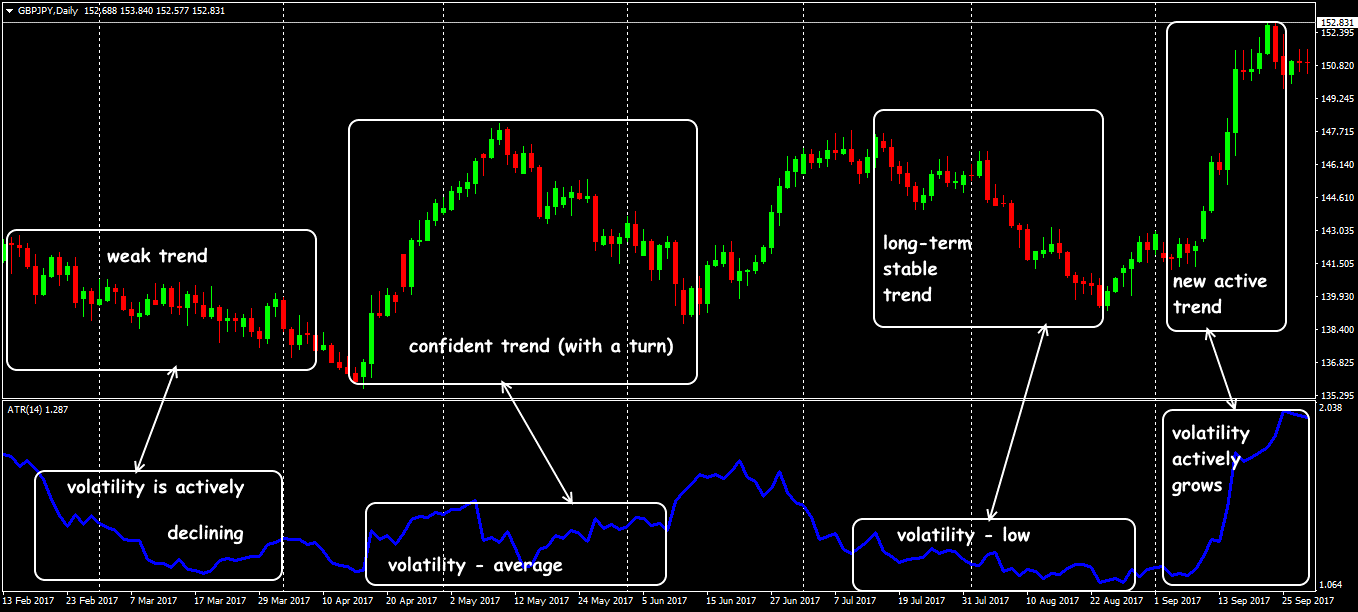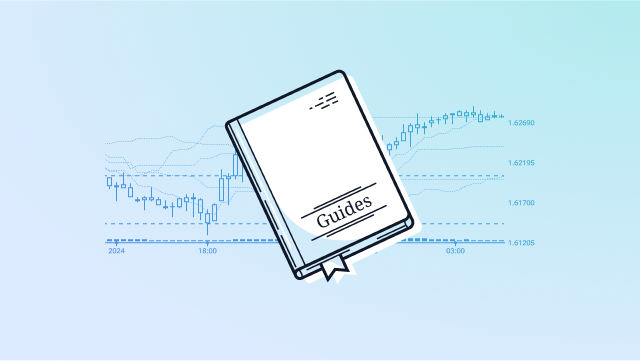How to estimate reserves of the «market fuel»? You need the ATR indicator!
In the financial market, we are all speculators (large and small, nervous and calm). Unlike the traditional surfing, to «catch a wave» in the financial market is not only a pleasure, but also a profit.
A popular Forex coach Alexander Gerchik has compared the market volatility to the car fuel: consumption depends on the brand of your transport (a trade asset), travel time (timeframe) and your driving style (strategy type).
Even if we take into account that the statistics do not lie, and the market is under the flat condition most of the trading time, the range of price fluctuations can be sufficient for each confident trader to earn.
We offer one more useful tool from the well-known book «New Concepts in Technical Trading Systems» by J. Welles Wilder – the Average True Range indicator. It is the ability to use volatility tools that will make you a professional trader.
So let’s begin.
Logic and purpose
Let’s start with the main thing: Average True Range was not actually developed in order to make forecasts and generate trading signals. It does not show the key price levels, it cannot even be applied as an indicator of the overbought/oversold zones (check here ATR – Investopedia).
Its only task is to measure and evaluate the volatility dynamically, but the practical value of the indicator does not decrease because of it.
This auxiliary tool was developed for the futures and stocks markets, and it is still most in demand there – the ATR data is included in all regular stock market reports.
ATR indicator: schemes of the market assessment
The main idea is evaluation of the trading activity for a specific trading asset:
- if ATR grows, then the asset is highly traded and the current trend is likely to continue;
- if the line declines, then the market’s attention to this asset decreases (weak volatility), the current trend gradually weakens − the probability of the flat or reversal is high;
- high values of the indicator – there is an active movement in a wide range in the market;
- if the indicator moves with a low amplitude, then there is consolidation in the market and we should wait for a sharp breakout.
But here’s the problem:
The ATR indicator doesn’t report information about a direction of the trend (or breakdown). Then what is its advantage? Read further.

Calculation procedure
The concept of a «true range» (or TR) has been used for a long time in statistics, and in the market analysis, it is used in many technical indicators.
In terms of statistics, the «true range» is the max of the following three values:
- PriceHigh − PriceLow (difference between the current price max/min), or …
- PriceClose (i-1) − PriceHigh (difference between the previous Close price and the current max), or …
- PriceClose (i-1) − PriceLow (difference between the previous Close price and the current min).
After selecting this value, you can calculate the ATR indicator − it is a moving average of the «true range» for a period:
Average True Range = SMA (TR, n).
The most common method is to calculate the simple MA.
Fans of mathematics may be interested in the question of recursion: how to calculate ATR(i-1), or the indicator’s value for the previous period?
The bottom line is that you need to wait until N periods pass and you have enough data to calculate. The first TR is calculated as the usual difference between max and min for the first period. As a result of calculation, we obtain a traditional moving average line.
Parameters and control
The standard version of the indicator uses only one parameter – the number of bars to calculate; additional smoothing options are not applied.
By default, n = 14 is proposed – the price volatility based on the last 14 periods. This value is considered optimal for the medium-volatility assets (see Indicator ATR).
The indicator line is located in an additional window below the price chart, a scale of values is «floating» and adaptive, the balance lines and critical zones, as a rule, are not used.
Standard version of the ATR indicator
Changing the ATR settings affects its sensitivity. Using of the lower values means a smaller number of the calculation data which makes the indicator much more sensitive to the recent price maneuvers.
The longer the analysis period, the smaller parameter value has to be, for example, for D1, n=7 is recommended.
A long and short period in ATR
With an increase of the parameter, the moving average line becomes smoothed, but the main drawback of the calculation − a strong lag – is amplified, that is the ATR values will reflect the volatility that is not absolutely current.
How to use ATR to make a trade decision?
Let’s look at it in detail.
 Sign Up to FTO Waitlist
Sign Up to FTO Waitlist

